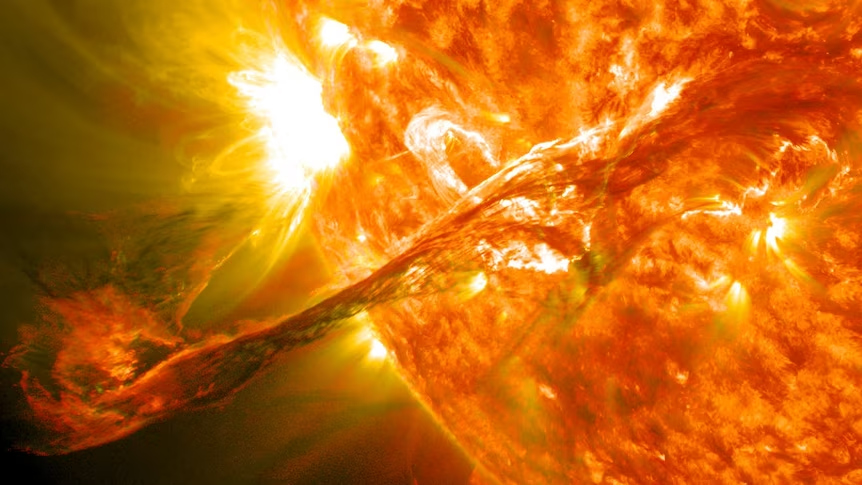Managing Power and Communications Outages in the Age of Solar Maximum
Understanding Space Weather
Space weather refers to disturbances caused by solar activity, including solar flares, coronal mass ejections, and geomagnetic storms. These events originate from the Sun and can disrupt Earth’s critical systems. The National Emergency Management Agency (NEMA) of New Zealand recently issued an interim plan addressing space weather risks, emphasizing the potential for catastrophic consequences. While solar storms are rare, their impact could knock out power grids and communications for hours or even days.
The current solar cycle, peaking in its “solar maximum,” has already increased solar activity. Scientists expect a higher likelihood of severe storms during this period. The May 2024 geomagnetic storm, the most intense in two decades, provided a glimpse into the risks, especially for satellites operating in low-Earth orbit.

Satellites at Risk
With over 85% of active satellites in low-Earth orbit, this region faces mounting challenges. The number of satellites has surged in recent years, driven by mega-constellations like SpaceX’s Starlink. During the May storm, many satellites experienced altitude drops, requiring rapid maneuvers to avoid collisions. For instance, SATCAT 43180 lost altitude four times faster than usual, descending 180 meters daily.
William Parker, an aeronautical researcher at MIT, warns that this growing density of satellites increases collision risks. A single collision can generate thousands of debris pieces, perpetuating a cycle of danger. Moreover, the lack of open communication among satellite operators exacerbates these risks, as coordination is essential to avoid accidents in the crowded orbital space.
The Power and Communications Challenge
The effects of geomagnetic storms are not limited to satellites. Earth’s power grids, communication systems, and GPS networks are also vulnerable. A NEMA report highlighted that an extreme solar storm could cause power outages lasting up to 36 hours. Despite precautions, predicting and mitigating the effects of space weather remain a challenge.
Brett Carter, a space weather expert from RMIT, underscores the importance of better forecasting. He notes that while technology has largely withstood recent solar events, the unpredictability of solar activity leaves systems at risk. Developing more reliable forecasting tools will help minimize disruptions during future storms.
A Silver Lining
Amid the challenges, solar storms offer a surprising benefit: reducing space debris. The increased atmospheric drag caused by these storms pulls debris toward Earth, where it burns up upon reentry. During the May storm, some debris dropped as much as 10 kilometers, contributing to a “self-cleansing” effect in orbit.
However, Carter and Parker emphasize the need for greater international cooperation to manage space as a shared resource. Transparent communication, regulations, and oversight will ensure sustainable access to space while mitigating risks from solar storms and orbital debris.
As the Sun’s activity intensifies, agencies like NEMA must continue preparing for the worst. Enhancing forecasting capabilities and fostering global collaboration will be critical in navigating this era of heightened solar risk.
Our Visitor






 Users Today : 28
Users Today : 28


